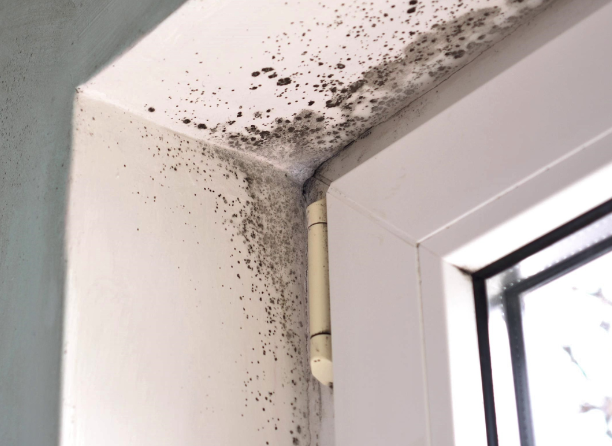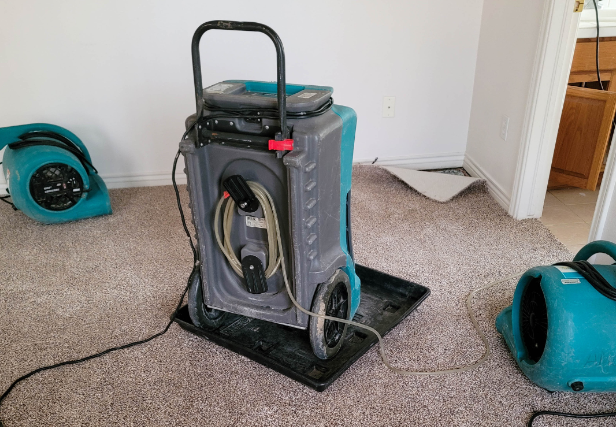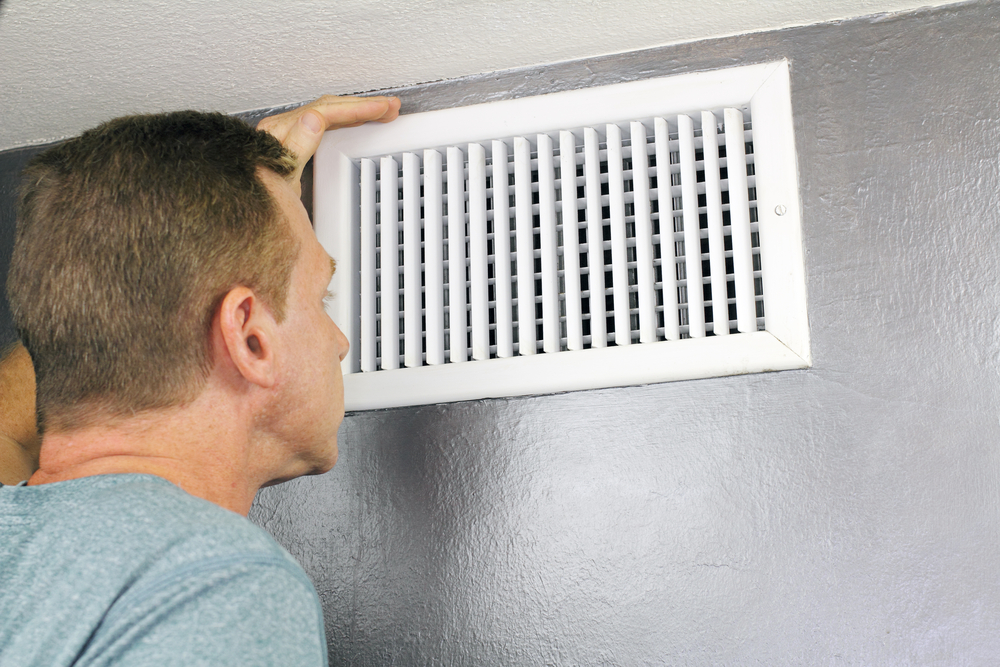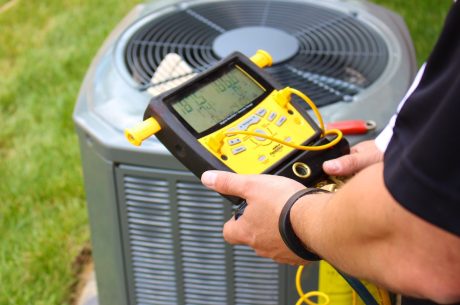Water damage is a common issue that property owners face. It can occur at any time of the year, but each season brings unique challenges.
Understanding these seasonal risks is crucial. It helps in creating an effective damage prevention plan.
This article aims to guide homeowners and property managers. It provides insights into managing water damage throughout the year.
We’ll explore the specific risks associated with each season. From spring’s melting snow to winter’s frozen pipes, we’ve got you covered.
We’ll also discuss the role of restoration companies. They are essential in water damage repair and restoration.
Stay tuned to learn more about seasonal water damage management. This knowledge can save you time, money, and stress in the long run.
Understanding Seasonal Water Damage Risks
Each season presents unique water damage risks. These risks are influenced by weather patterns and temperature changes.
In spring, melting snow and heavy rains can lead to flooding. This can cause water intrusion on your property.
Summer’s high humidity levels can contribute to mold growth. This can lead to structural dampness and potential health risks.
Fall and winter come with their own challenges. Clogged gutters from falling leaves and frozen pipes can cause significant damage.
Understanding these risks is the first step in seasonal water damage management. It allows you to prepare and implement effective prevention strategies.
Spring: Melting Snow and Heavy Rains
Spring is often associated with renewal. However, it also brings water damage risks.
Melting snow and heavy rains can lead to flooding. This can cause water to seep into your property.
To manage this, ensure your property’s drainage systems are functioning well. Regular inspections can help identify potential issues early.
Also, consider damp-proofing your basement and crawl spaces. This can help prevent water intrusion and subsequent damage.
Summer: Humidity and Mold Growth

Summer brings warmth and high humidity levels. This can lead to a different kind of water damage.
High humidity can cause structural dampness. This can lead to mold growth if not addressed.
To manage this, use dehumidifiers and fans to maintain optimal indoor humidity levels. Regularly check for signs of mold and dampness.
Early detection and remediation can prevent extensive damage and health risks associated with mold exposure.
Fall: Gutter Maintenance and Foundation Protection
Fall is the season of falling leaves. These leaves can clog gutters and downspouts.
Clogged gutters can cause water to pool around your property. This can lead to foundation damage.
Regular cleaning of gutters and downspouts is crucial. This helps to prevent water damage in the fall.
Remember, a well-maintained drainage system can protect your property from water damage. It’s a key part of seasonal water damage management.
Winter: Frozen Pipes and Ice Dams
Winter brings its own set of challenges. Frozen pipes and ice dams are common issues.
Frozen pipes can burst and cause significant water damage. It’s important to keep your property warm to prevent this.
Ice dams can form on your roof, causing water to seep into your property.
Proper insulation and ventilation can prevent ice dams. It’s a crucial part of winter water damage prevention.
Creating a Seasonal Water Damage Prevention Plan
A seasonal water damage prevention plan is key. It helps you prepare for the unique challenges each season brings.
This plan should include regular inspections. You should check for potential water damage risks.
Here are some steps to include in your plan:
- Maintain gutters and downspouts.
- Prevent pipe freezing in winter.
- Direct water away from the property through landscaping.
- Install water detection devices and alarms.
Remember, a good plan is proactive. It helps you prevent water damage before it happens.
Immediate Steps After Discovering Water Damage
When you discover water damage, act fast. Quick action can limit the damage.
First, stop the water source if possible. This could mean turning off the water main.
Next, contact a water restoration company. They can guide you on the next steps.
Finally, document the damage for insurance purposes. Take photos and make notes of all affected areas.
Choosing the Right Water Restoration Company
Choosing the right water restoration company is crucial. They will be responsible for restoring your property.
Look for companies with good reviews and a solid reputation. They should have a history of successful restorations.
Ensure they are licensed and insured. This protects you from potential liabilities.
Lastly, consider their response time. In water damage situations, a quick response is key.
The Water Damage Restoration Process

The water damage restoration process begins with an assessment. This determines the extent of the damage.
Next, water extraction and drying occur. This removes moisture and prevents mold growth.
Then, cleaning and sanitizing take place. This ensures a healthy environment.
Finally, restoration and repairs are made. This returns the property to its pre-damage state.
Preventative Measures and Seasonal Maintenance
Preventative measures are key in managing water damage. These include installing sump pumps and backwater valves.
Regular maintenance is also crucial. This includes gutter cleaning and pipe insulation.
Here are some seasonal maintenance tasks:
- Spring: Check for leaks from melting snow.
- Summer: Monitor humidity levels and use dehumidifiers.
- Fall: Clean gutters and downspouts.
- Winter: Insulate pipes to prevent freezing.
By being proactive, you can minimize potential water damage.
Conclusion: The Importance of Proactivity
Proactivity is the best approach to seasonal water damage management. It’s about taking steps before a problem arises.
By understanding the risks each season brings, you can prepare. This includes creating a water damage prevention plan.
Remember, the cost of prevention is often less than restoration. It’s an investment in your property’s longevity.
In conclusion, seasonal water damage management is a year-round task. Stay vigilant and proactive to protect your property.
For expert water damage restoration services in West Houston, contact PuroClean of West Houston today!




 PuroClean of West Houston
PuroClean of West Houston